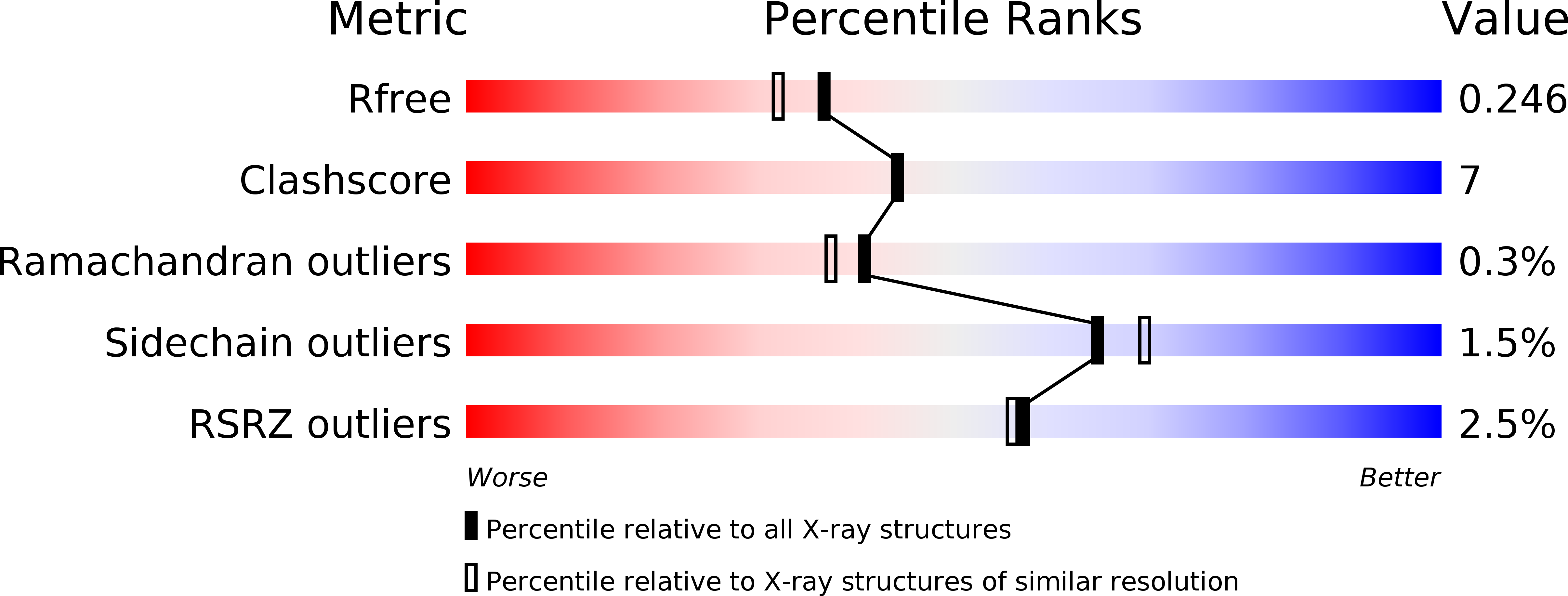
Deposition Date
2010-10-18
Release Date
2011-10-19
Last Version Date
2024-11-13
Entry Detail
PDB ID:
3P9L
Keywords:
Title:
Crystal Structure of H2-Kb in complex with the chicken ovalbumin epitope OVA
Biological Source:
Source Organism:
Mus musculus (Taxon ID: 10090)
Host Organism:
Method Details:
Experimental Method:
Resolution:
2.00 Å
R-Value Free:
0.24
R-Value Work:
0.18
R-Value Observed:
0.18
Space Group:
P 1 21 1


